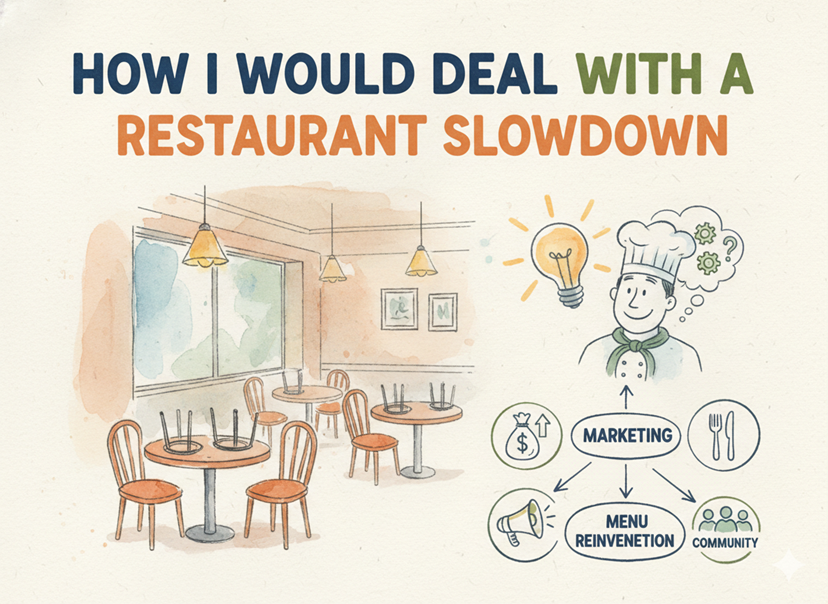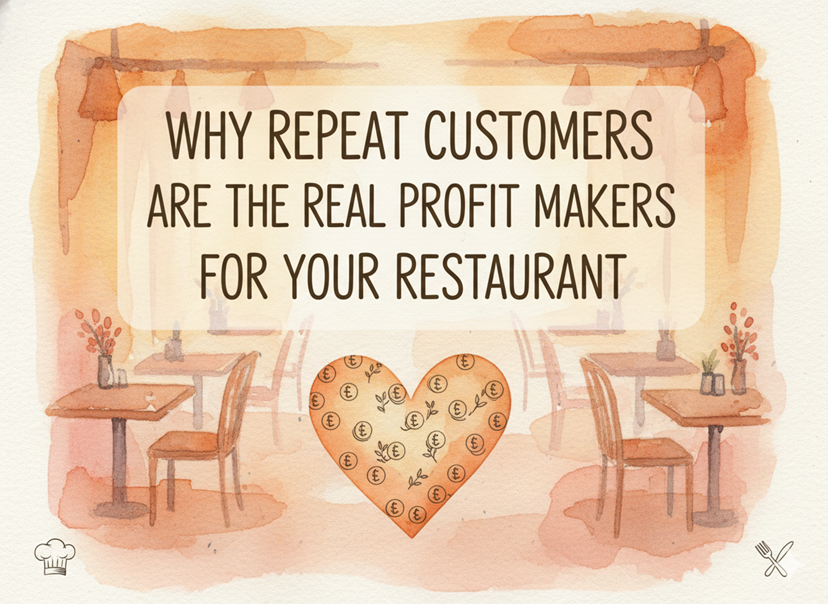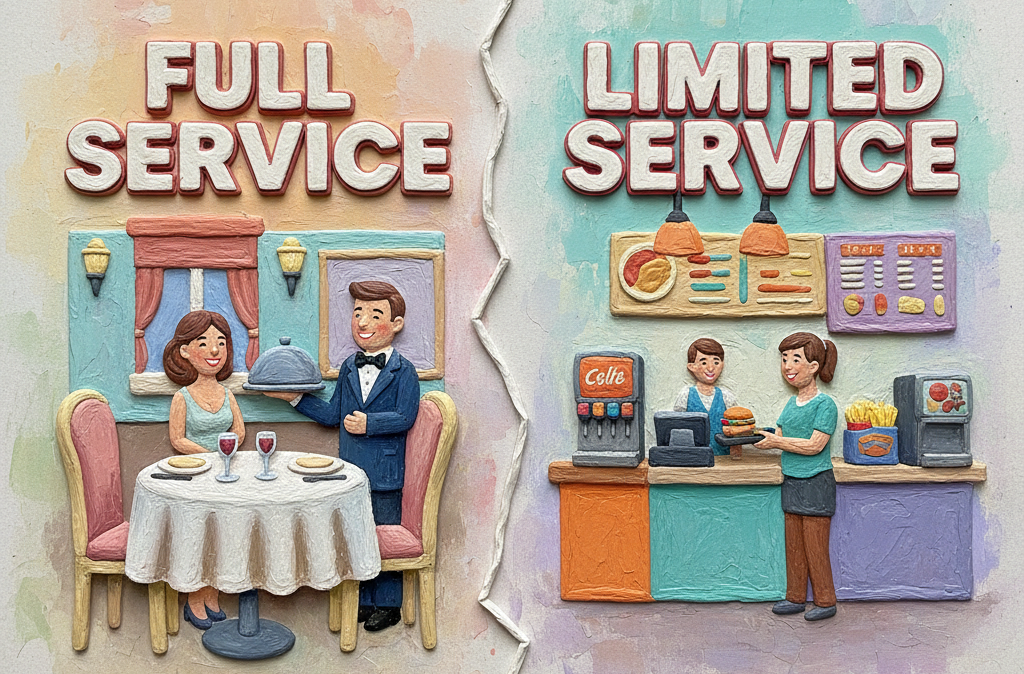You would have heard a lot of people saying that influencing customer perception is important. This is a concept that a lot of brands use for marketing. You should use it too to get more customers in your restaurant. In this blog, you will read about what is customer perception and why is it important for your restaurant. By learning this you can modify your marketing efforts or other stuff like customer service, menu, or interiors of your restaurant. Further, you will learn about the stages of customer perception. This will really help you in getting in the heads of your customers.
What is the meaning of Customer Perception in Restaurants?
Customer perception involves a customer’s overall impression of your restaurant. This includes everything from the ambiance, service quality, food taste, cleanliness, pricing, and even how staff interact with them. These perceptions are shaped by personal experiences, reviews, and what others say about your restaurant.
Why is Customer Perception Important?
Understanding and managing customer perception is crucial for your restaurant’s success. A positive perception can lead to higher customer satisfaction and repeat business, while a negative one can hurt your reputation.
Statistics show that 72% of customers are likely to share a positive experience with six or more people. On the other hand, 13% of unhappy customers will share their experience with 15 or more people. This clearly highlights the impact of customer perception on your restaurant’s growth.
Your goal should be to meet or exceed customer expectations. This means paying attention to every detail, from the quality of the food to the cleanliness of the restrooms.
What is An Example of Customer Perception in Restaurants?
Let’s say a customer visits your restaurant and is greeted warmly by your staff. The ambiance is inviting, and the menu is clear and easy to understand. When the food arrives, it’s served hot and tastes delicious. The server checks in occasionally, ensuring everything is fine. The customer leaves satisfied and later writes a positive review online. This is an example of positive customer perception. The entire experience from start to finish contributed to their favorable view of your restaurant.
On the flip side, if the food arrived cold, the staff seemed indifferent, or the place appeared unclean, that same customer’s perception would likely be negative. And this could lead to complaints, poor reviews, and loss of future business.
The Stages of Customer Perception in a Restaurant
- Pre-Visit Perception
This stage happens before a customer even sets foot in your restaurant. It’s influenced by what they’ve heard from friends, seen on social media, or read in reviews. If you have a strong online presence and positive word-of-mouth, potential customers will come in with high expectations. For example, a customer might choose your restaurant because of glowing reviews about your excellent service and mouth-watering dishes.
- Initial Impression
The moment a customer walks into your restaurant, they start forming their initial impression. This stage includes their first interaction with your staff, the ambiance, and the cleanliness of your establishment. If they are greeted with a smile, seated promptly, and find the place clean and welcoming, their perception is off to a good start.
- Dining Experience
This stage includes everything that happens while the customer is dining. It covers the quality of the food, how quickly it’s served, and how attentive the staff is. This is where balancing customer perception and expectation becomes crucial. If the food meets or exceeds their expectations, and the service is attentive without being intrusive, you’re likely to leave a positive impression. However, if the food is underwhelming or the service is slow, their perception might start to dip.
- Post-Visit Reflection
After leaving your restaurant, customers reflect on their experience. This is where customer perception of quality and customer satisfaction really come into play. They may compare their experience with their initial expectations and decide whether they got value for their money. Positive post-visit reflections often lead to repeat visits and positive reviews, while negative ones can result in complaints and a decision not to return.
- Word-of-Mouth and Reviews
Lastly, customers share their experiences with others. This could be through word-of-mouth, online reviews, or social media posts. Positive reviews can attract new customers, while negative reviews can deter potential ones. This stage is critical as it influences other consumers’ perception and buying behavior.
Customer perception in restaurants is all about how customers view your restaurant, and it’s influenced by every interaction they have with your business. By delivering quality service and balancing customer perception and expectation, you can ensure that your customers leave satisfied and are likely to return. Remember, a positive perception leads to customer satisfaction and loyalty, while a negative one can hurt your business. Pay attention to every detail, engage with your customers, and maintain high standards to create the best possible perception of your restaurant.




